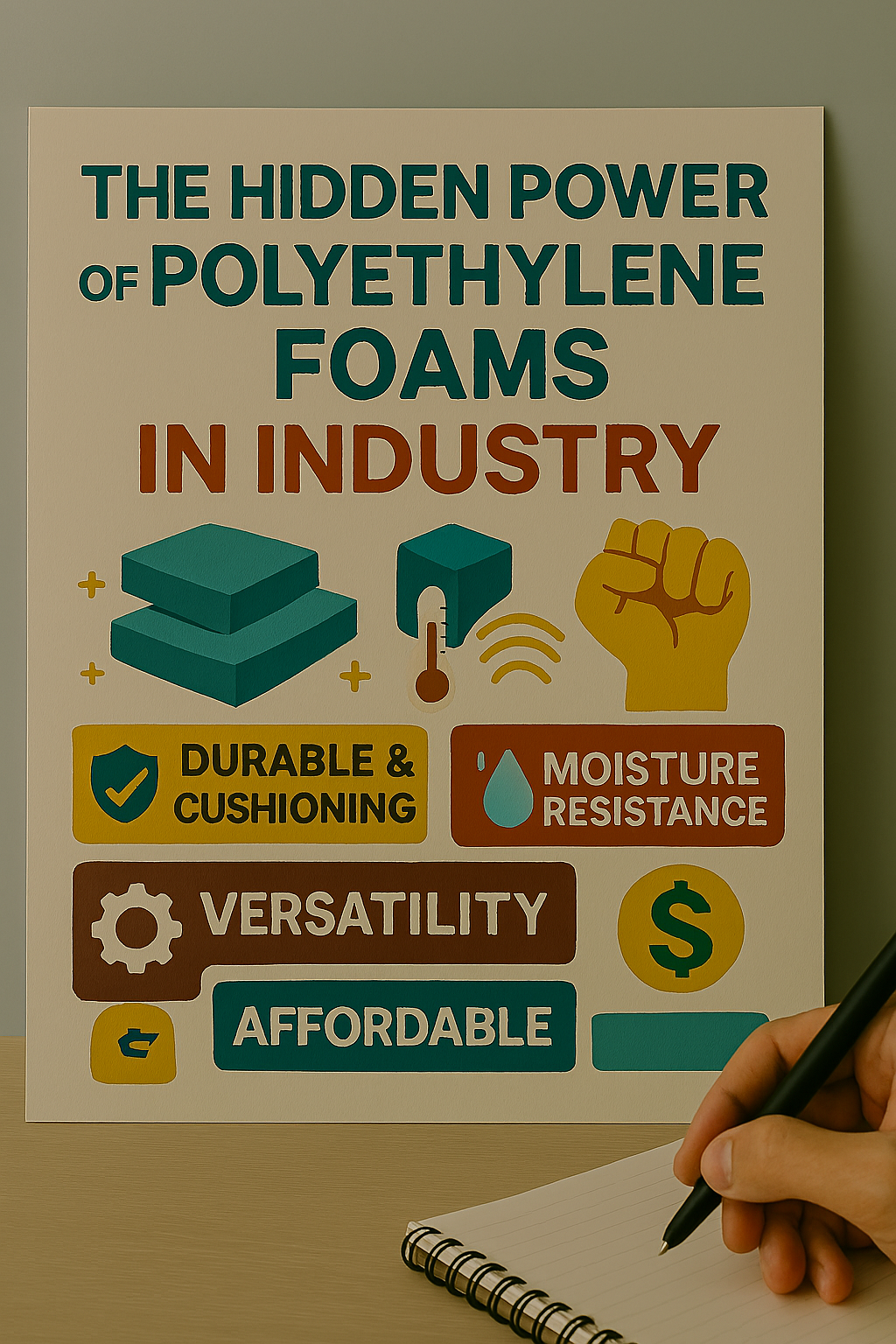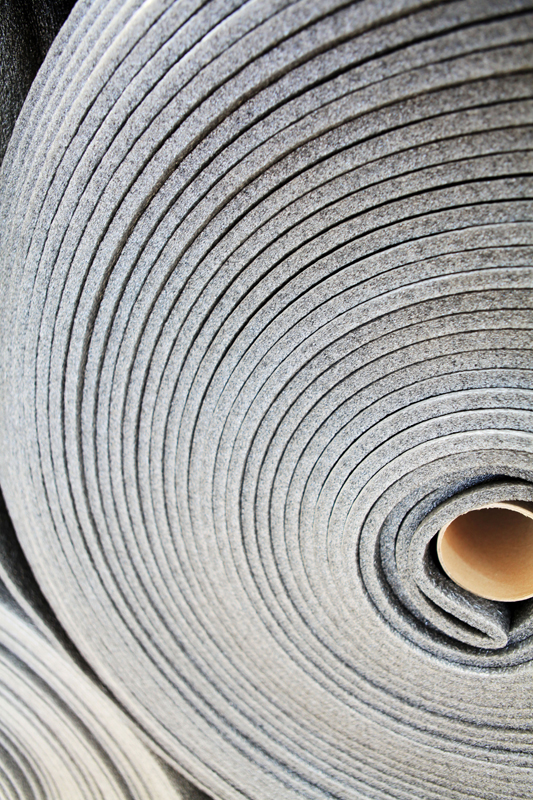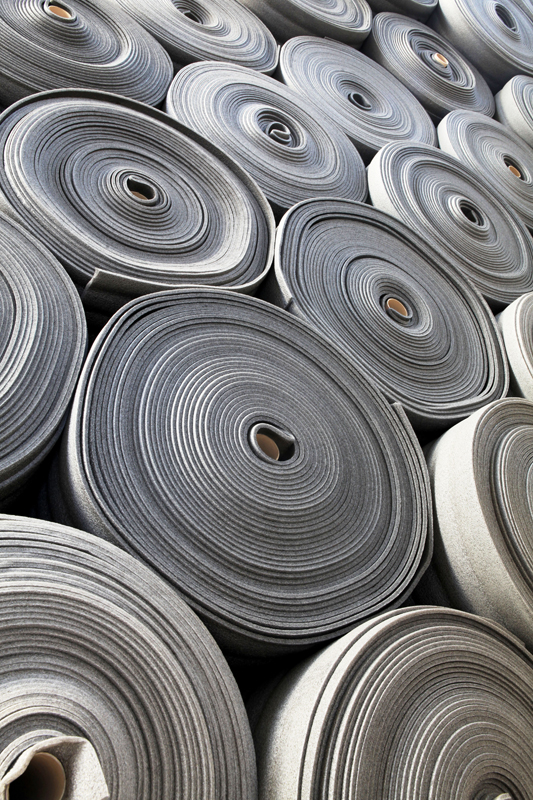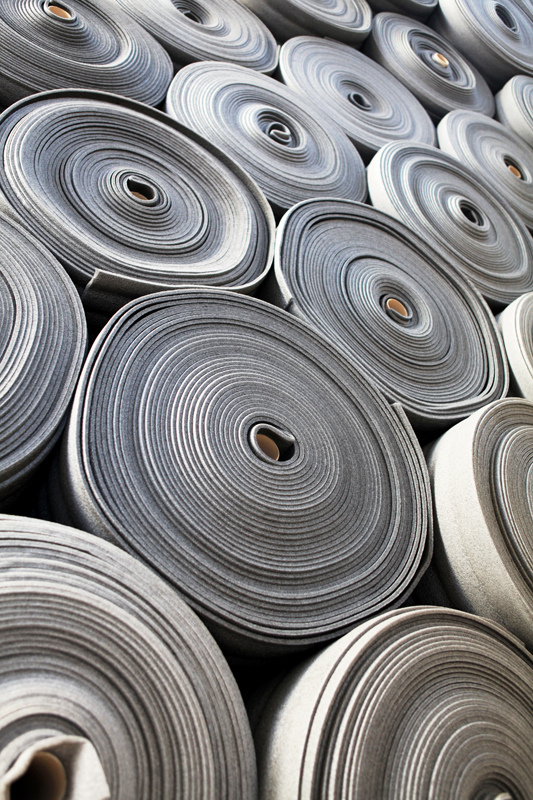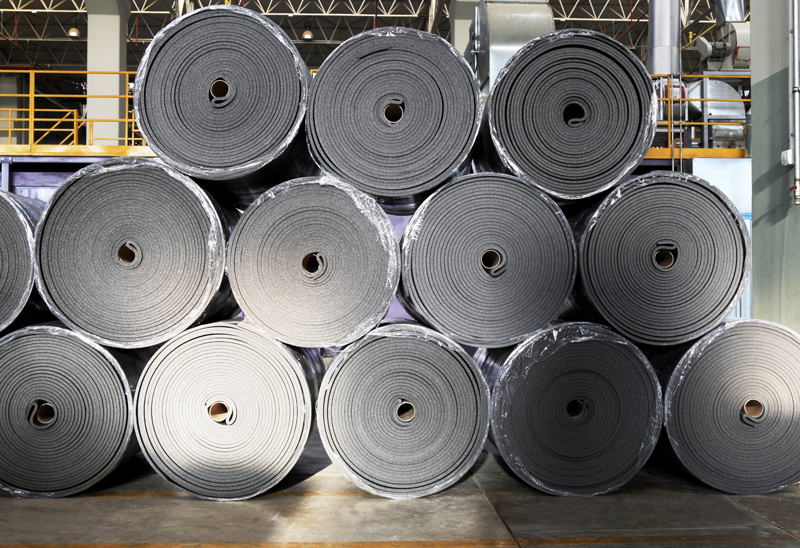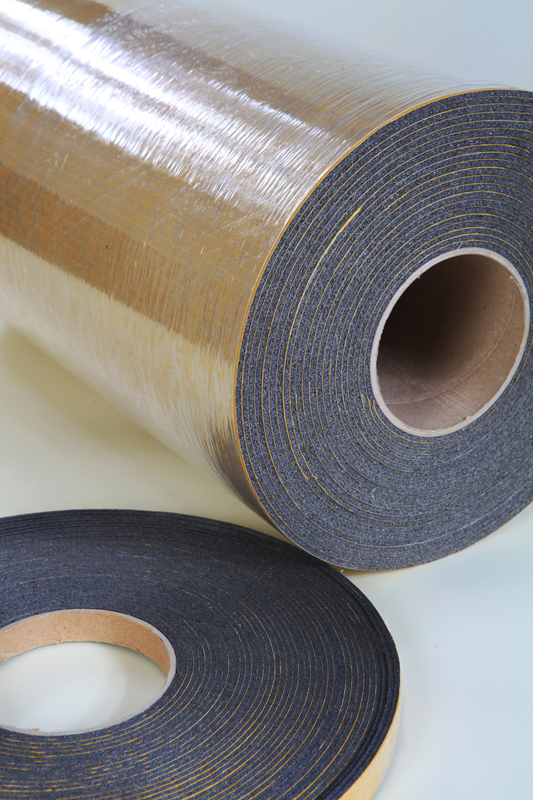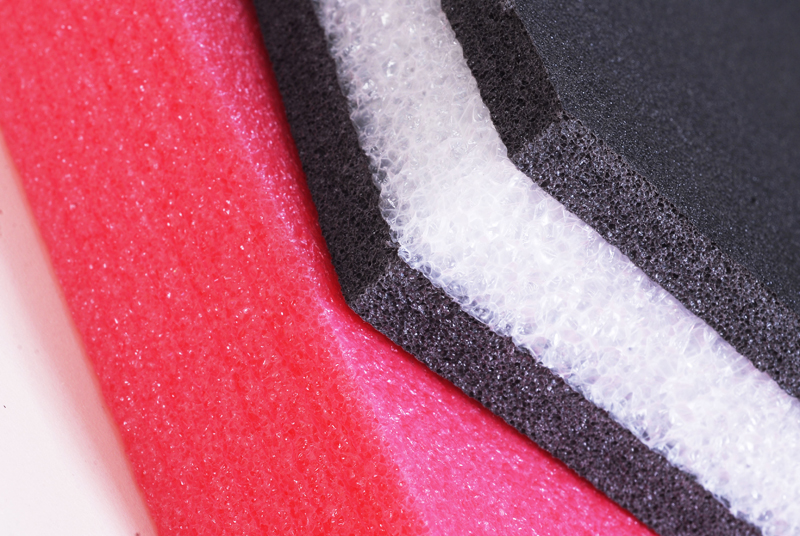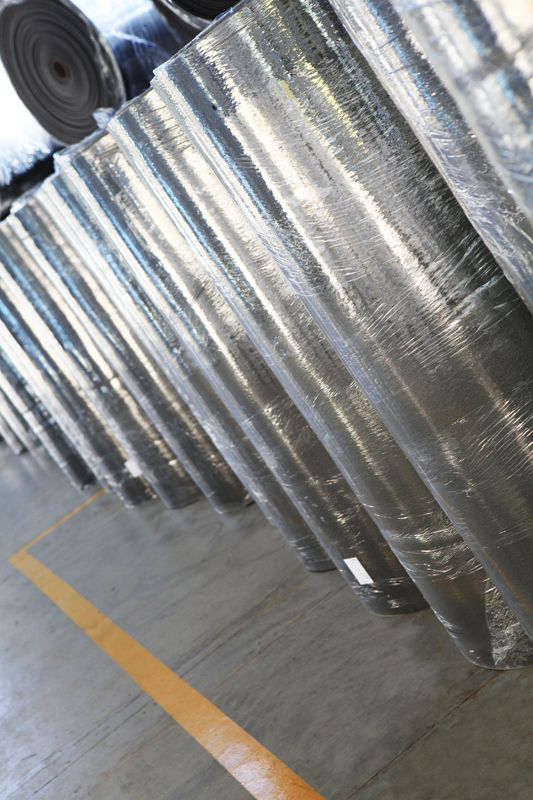Uncovering a Versatile Wonder 😊
Hello, my fellow innovators!
Over the years, working with diverse industries has taught me that even the simplest materials can unlock enormous potential. One such phenomenal material is polyethylene foam – also known as pe foam. Although it might seem like just any foam at first glance, my extensive research and personal experiments have revealed its hidden power in transforming industrial processes, enhancing energy efficiency, and reducing environmental impact. Let’s embark on this exciting journey together as I share insights, personal anecdotes, and detailed examples of how this seemingly simple foam can revolutionize various sectors. 😊
What is Polyethylene Foam?
In essence, polyethylene foam is a closed-cell, lightweight, and highly durable material formed from polyethylene polymers. Thanks to its unique cellular structure, which traps air within millions of tiny cells, this foam exhibits excellent thermal insulation, shock absorption, and moisture resistance. It’s these properties that make pe foam an indispensable component in many industrial applications.
Industrial Applications: Beyond the Ordinary
The hidden power of polyethylene foam lies in its versatility. It is used broadly across industries such as automotive, construction, packaging, and even aerospace. For instance, in the automotive industry, this foam helps cushion sensitive components, reducing vibration and impact during manufacturing and transit. Meanwhile, in construction, it provides superb insulation and acts as a moisture barrier, ensuring that buildings remain energy efficient and resistant to environmental wear.
I recall working with a major manufacturer who switched to using polyethylene foam in their packaging solutions, and the reduction in damaged products was remarkable. Similarly, in a construction project I followed closely, the installation of pe foam insulation transformed an aging building into an energy-efficient marvel.
The Hidden Benefits
While many appreciate polyethylene foam for its use in insulation, there are numerous hidden benefits that often go unnoticed:
- Thermal Efficiency: Its closed-cell structure traps air, enhancing insulation, and reducing heating and cooling costs.
- Impact Resistance: The foam absorbs vibrations and shocks, protecting delicate equipment and products from damage.
- Moisture and Chemical Resistance: It repels water and most chemicals, making it ideal for harsh industrial environments.
- Lightweight: Its low density leads to lower transportation and handling costs.
- Environmental Sustainability: With excellent recyclability and a lower carbon footprint, it supports green manufacturing practices.
Comparative Analysis: Polyethylene Foam vs. Traditional Materials
To truly grasp its hidden power, I compared polyethylene foam with traditional insulation and cushioning materials. The table below highlights some key differences:
| Characteristic | Polyethylene Foam | Traditional Materials |
|---|---|---|
| Thermal Insulation | High efficiency due to closed cells | Moderate |
| Impact Absorption | Excellent shock resistance | Limited performance |
| Moisture Resistance | Superior – non-absorbent | Often prone to moisture issues |
| Weight | Light and easy to transport | Heavier, increasing handling costs |
| Durability | Long-lasting with minimal degradation | Subject to wear and tear |
Real-World Impact: Personal Experiences and Industry Insights
My personal journey with polyethylene foam began when I first incorporated it into a product packaging project. The results were astonishing: fewer breakages during transit, lower energy costs, and an overall boost in product reliability. These enhancements translated into tangible savings and greater customer satisfaction.
Additionally, I’ve seen this foam work wonders as an insulator in challenging environments. In one project, replacing conventional insulation with pe foam in an industrial facility not only stabilized the temperature but also significantly reduced maintenance costs. This anecdote truly reinforced my belief in the hidden power of this material—it’s not just about keeping things warm or cool, but about creating value in multiple dimensions.
The Environmental and Economic Edge
Beyond performance, the economic and environmental benefits of polyethylene foam are truly compelling. Its exceptional insulation properties lead to considerable energy savings, reducing utility bills significantly. Moreover, thanks to its lightweight nature, transportation and installation costs are minimized—a critical factor for large-scale industrial applications.
Environmentally, the foam’s durability means less frequent replacement and waste reduction. Its closed-cell structure not only increases its lifespan but also offers recyclability benefits that support sustainable manufacturing practices. As businesses worldwide are increasingly prioritizing green initiatives, incorporating pe foam into their systems is a smart move toward reducing overall carbon emissions.
Future Prospects: Expanding the Hidden Power
Looking ahead, the potential applications of polyethylene foam are expanding rapidly. Advancements in processing technology and design innovation are opening new avenues across various sectors. Researchers are exploring enhanced formulations that further improve thermal performance, mechanical strength, and sustainability. I am particularly excited about developments that combine polyethylene foam with smart technologies to create responsive insulation systems that adapt to environmental changes in real time.
These breakthroughs will undoubtedly benefit industries such as construction, automotive, and packaging, where efficiency and environmental responsibility are paramount. The hidden power of polyethylene foam is not just a current advantage—it is paving the way for a more sustainable and cost-effective industrial future. 😊
Location Insight: Where It All Begins
To see the innovation in action, I recently visited a state-of-the-art production facility dedicated to foam manufacturing. Witnessing firsthand the advanced processes and sustainable practices reinforced my belief in the quality and potential of polyethylene foam. It was an inspiring experience that showcased the melding of technology with eco-friendly production methods.
Conclusion: Unlock the Hidden Power! 😊👍
In summary, the hidden power of polyethylene foam in industry is a force to be reckoned with. Its advanced insulation properties, durability, and eco-friendly benefits not only contribute to significant cost savings but also pave the way for innovative industrial applications. My journey exploring polyethylene foam and pe foam has shown me that investing in this material is a smart decision for any forward-thinking business or DIY enthusiast.
By embracing this versatile material, industries can reduce energy waste, improve product protection, and support a sustainable future—all while enjoying a remarkable return on investment. I encourage you to explore the myriad possibilities that polyethylene foam offers, and watch as it transforms your operations and inspires innovative solutions. Thank you for joining me on this enlightening journey, and here’s to a brighter, more efficient future powered by the hidden magic of polyethylene foam! 😊


